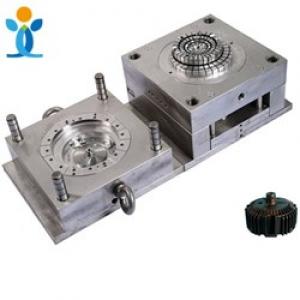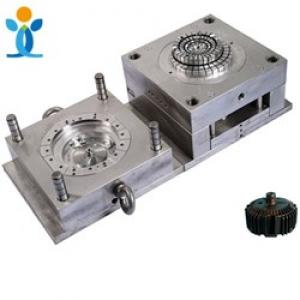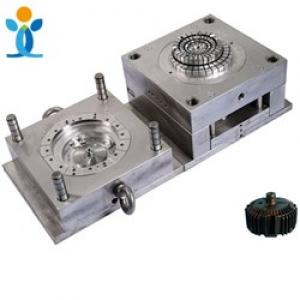effects of mold temperature on injection parts quality
effects of mold temperature on injection parts quality
Mold temperature refers to the surface temperature of the mold cavity in contact with the product during the injection process. Because it directly affects the cooling speed of products in the mold cavity, so it has a great impact on the internal performance and appearance quality of products.
1. Influence of mold temperature on product appearanceHigher temperature can improve the fluidity of the resin, so that the surface of the parts is usually smooth and glossy, especially the surface beauty of the glass fiber reinforced resin parts. It also improves the strength and appearance of the fusion line.
For the etched surface, if the mold temperature is low, it is difficult for the melt to fill to the root of the texture, so that the surface of the product appears bright, "transfer printing" does not reach the true texture of the mold surface, improving the mold temperature and material temperature can make the product surface get ideal etched effect.
2. Effect on internal stress of products
The formation of forming internal stress is basically due to the different heat shrinkage rate during cooling. After the product is formed, its cooling is gradually extended from the surface to the interior. The surface first shrinks and hardens, then gradually to the interior. In this process, the internal stress is generated due to the difference of shrinkage speed.
When the residual internal stress in the plastic part is higher than the elastic limit of the resin, or under certain chemical environment, the surface of the plastic part will produce cracks. The study of PC and PMMA transparent resin shows that the residual internal stress in the surface layer is in compression form and the inner layer is in extension form.
The surface compressive stress depends on the surface cooling condition. The cold mold makes the molten resin cool down rapidly, so that the molded products produce high residual internal stress. Mold temperature is the most basic condition to control the internal stress. If the mold temperature is slightly changed, the residual internal stress will be greatly changed. Generally speaking, the acceptable internal stress of each product and resin has its lowest mold temperature limit. When forming thin wall or long flow distance, the mold temperature should be higher than the minimum of general forming.
3. Improve product warpage
If the cooling system design of the mold is unreasonable or the temperature control of the mold is improper, and the cooling of the plastic part is insufficient, the plastic part will be warped and deformed.
For the control of mold temperature, the temperature difference between male mold and female mold, mold core and mold wall, mold wall and insert should be determined according to the structural characteristics of the products, so as to make use of the different cooling shrinkage speed of each part of the mold to control the difference of orientation shrinkage and avoid the warping deformation of the plastic parts according to the orientation law.
For the plastic parts with completely symmetrical shape and structure, the mold temperature shall be kept consistent accordingly to make the cooling of all parts of the plastic parts balanced.
4. Affect the forming shrinkage of products
At the same time, the low mold temperature hinders the growth of crystallization and reduces the molding shrinkage of products. On the contrary, if the mold temperature is high, the melt cooling is slow, the relaxation time is long, and the orientation level is low. At the same time, it is conducive to crystallization, and the actual shrinkage of the product is large.
5. Affect the thermal deformation temperature of products
Especially for crystalline plastics, if the product is molded at a lower mold temperature, the molecular orientation and crystallization will be frozen instantly. In a higher temperature environment or secondary processing condition, the molecular chain will be partially rearranged and crystallized, making the product deformed at a temperature even lower than the material's hot deformation temperature (HDT).
The correct way is to use the recommended mold temperature close to its crystallization temperature for production, so that the product can be fully crystallized in the injection molding stage, avoiding such post crystallization and post shrinkage in high temperature environment.
In a word, mold temperature is one of the most basic control parameters in the injection molding process, and it is also the primary consideration in the mold design. Its influence on the forming, secondary processing and final use of products cannot be underestimated.



